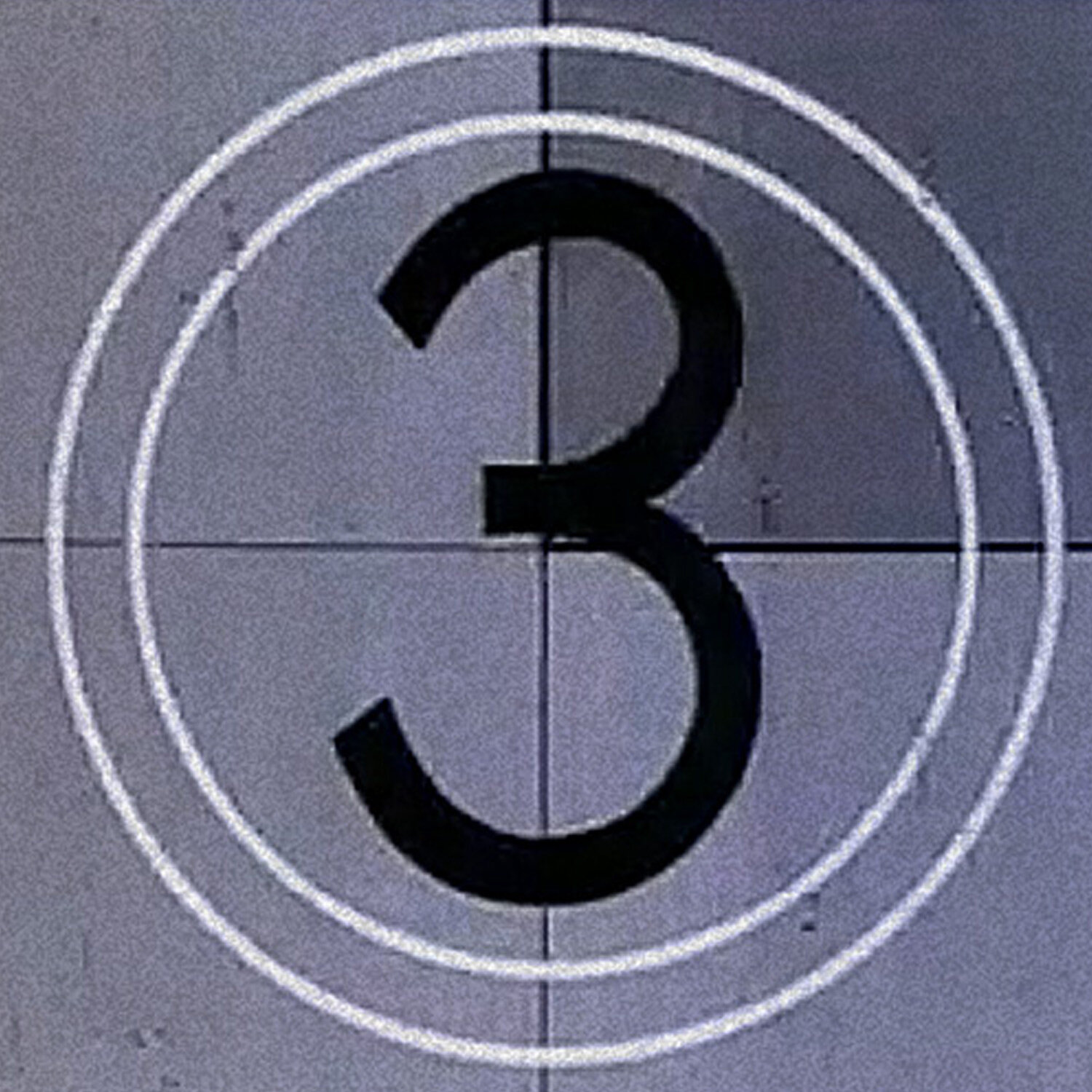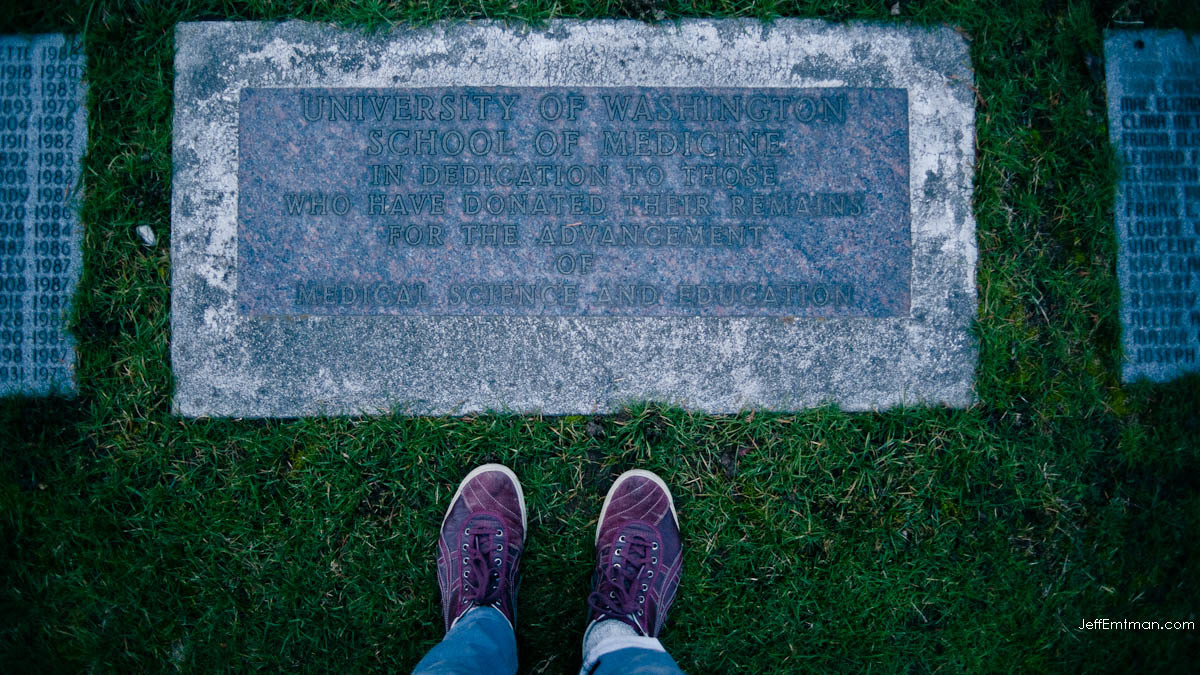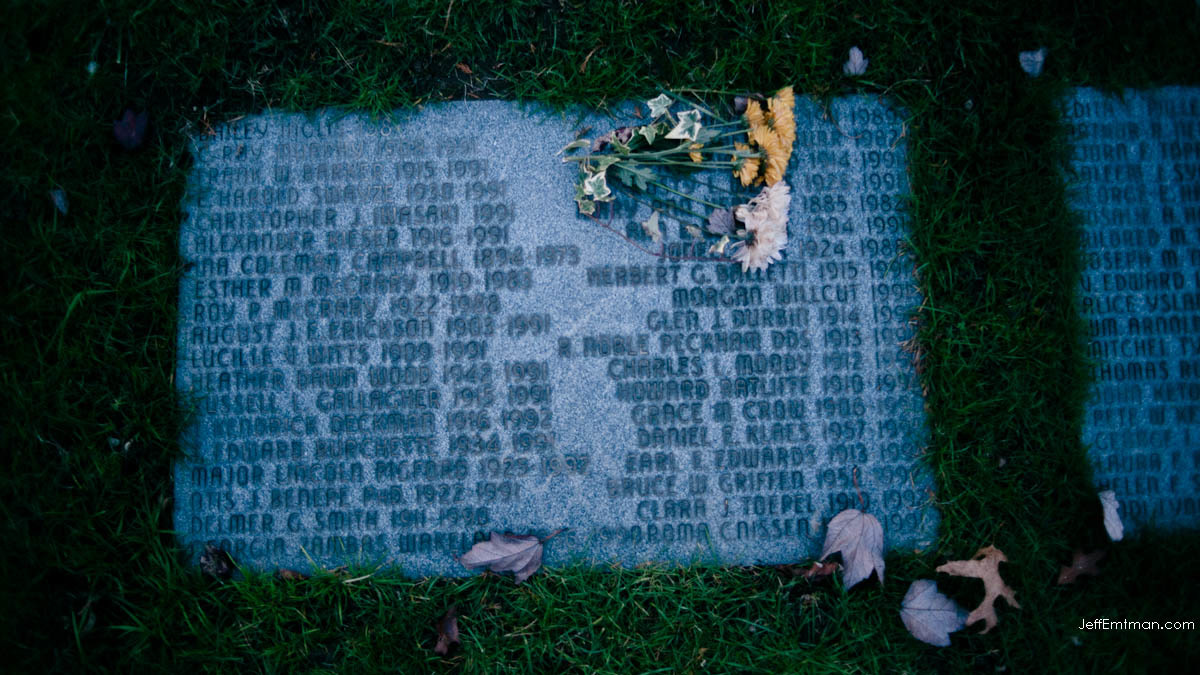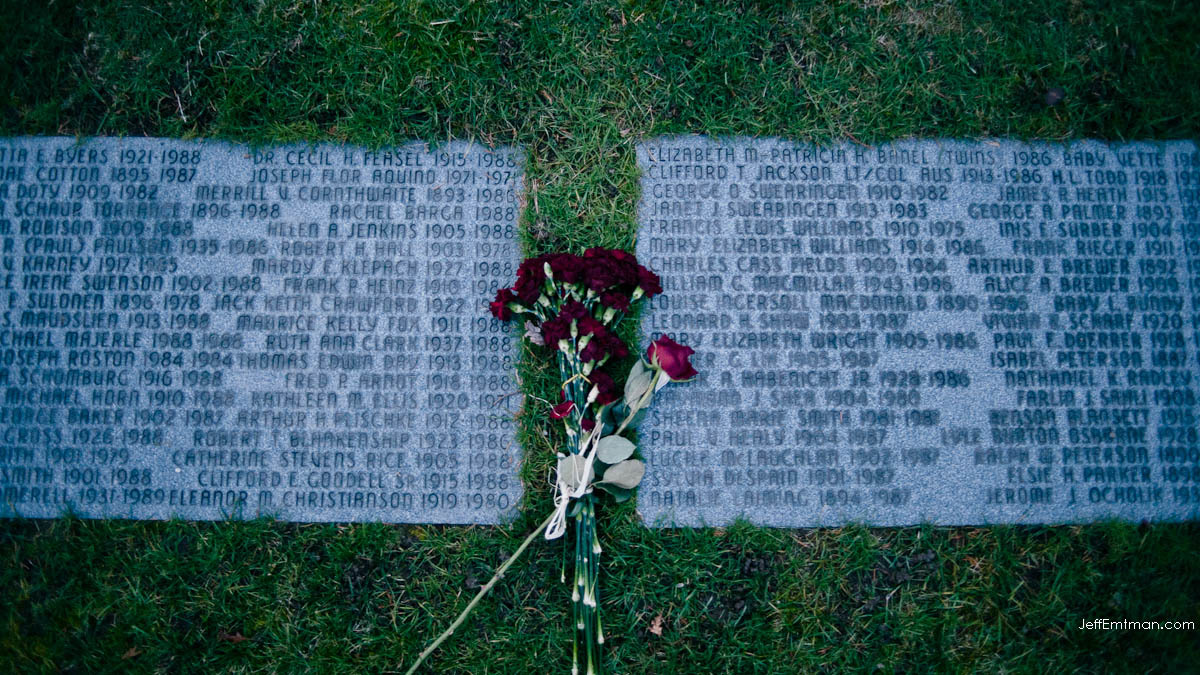HBM143: Laughing Rats and Dawn Rituals
/Image by Jeff Emtman. Photo of sage grouse by Bob Wick of the Bureau of Land Management. Orange sky elements are the spectrogram of the sound of the mouse courtship call heard in this episode.
Animals sometimes make noises that would be impossible to place without context. In this episode, three types of animal vocalizations—described by the people who recorded them.
The monkey who lost their mother. Photo by Stephanie Foden.
Ashley Ahearn: Journalist and producer of Grouse, from Birdnote and Boise State Public Radio
Joel Balsam: Journalist and producer of the upcoming podcast Parallel Lives. Joel co-created a photo essay for ESPN about the “pororoca”, an Amazonian wave chased each year by surfers.
Kevin Coffey, Ph.D.: Co-creator of DeepSqueak and researcher at VA Puget Sound and the University of Washington. Kevin co-authored the paper DeepSqueak: a deep learning-based system for detection and analysis of ultrasonic vocalizations in Nature’s Neuropsychopharmacology journal.
Also heard: calls of the Indies Short Tailed Cricket (Anurogryllus celerinictus), which may be the perpetrator of the so-called “sonic attacks” recently reported in Cuba. Sound sent in by HBM listener Isaul in Puerto Rico.
Producer: Jeff Emtman
Music: The Black Spot
Sponsor: Chas Co
Chas Co takes care of cats and dogs in Brooklyn (especially in Prospect Lefferts Gardens, Bed Stuy and surrounding neighborhoods).
Chas Co welcomes pets with special behavioral and medical needs, including those that other services have turned away. They offer dog walking, cat visiting, and custom care arrangements too.
Look, it’s Kane!










